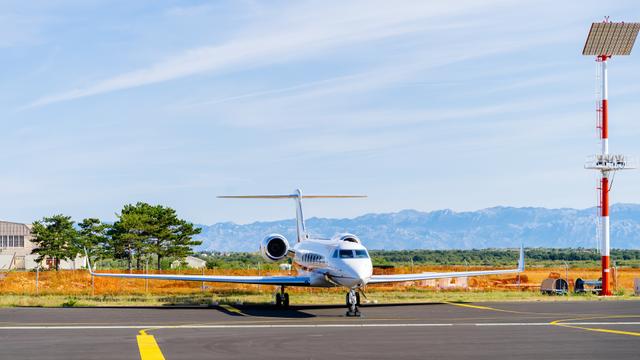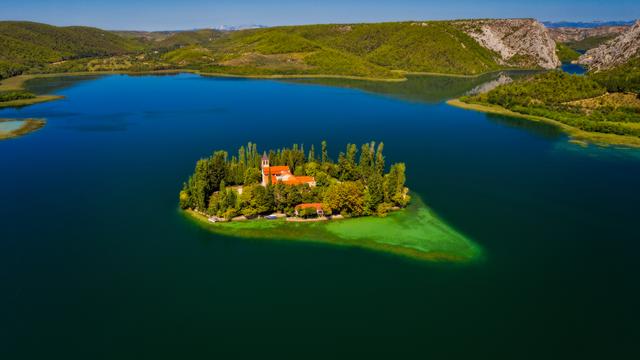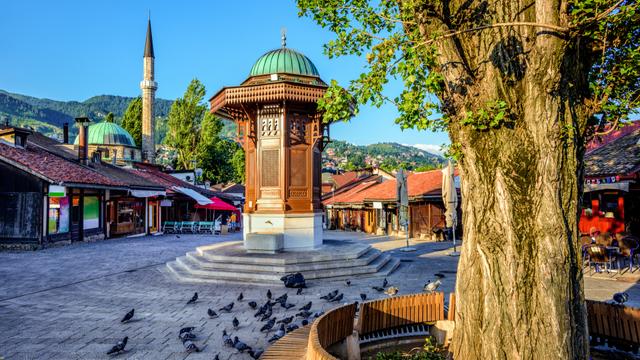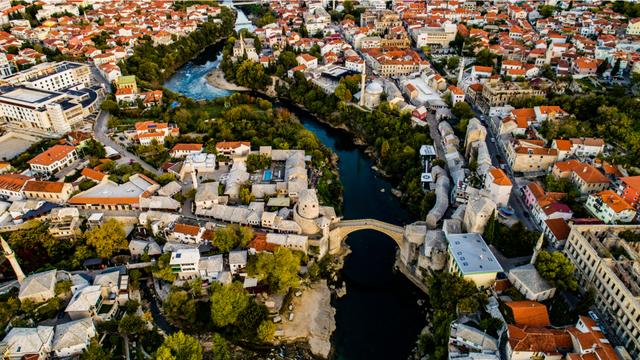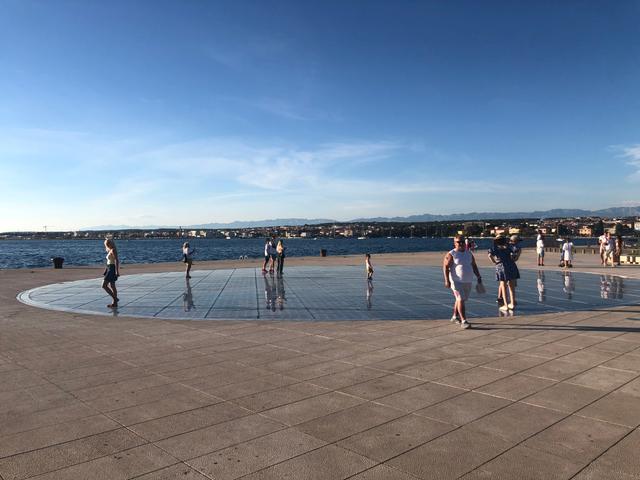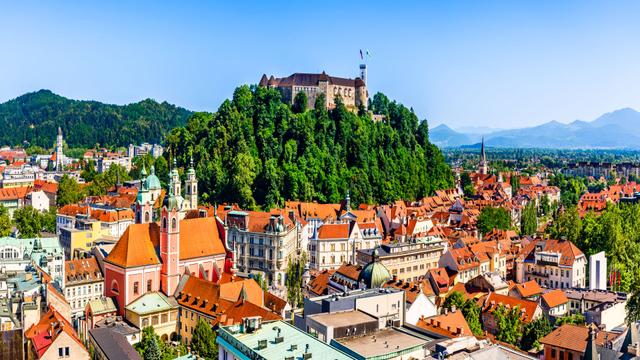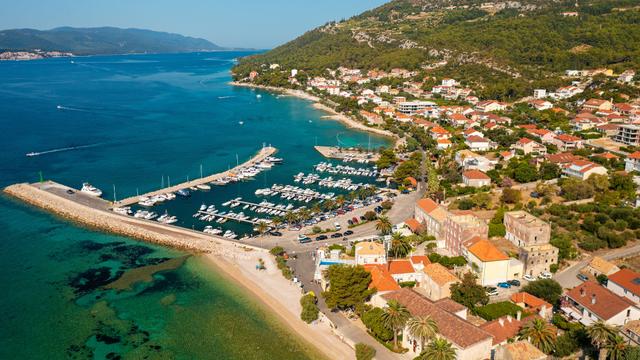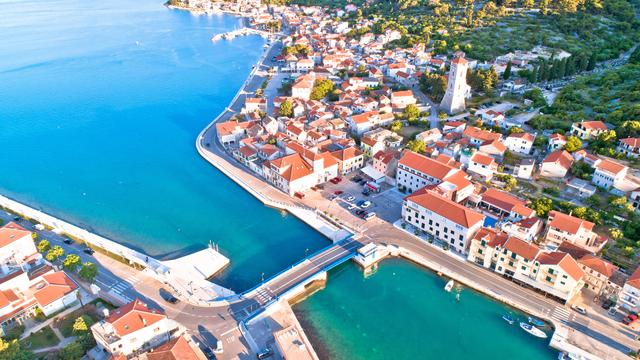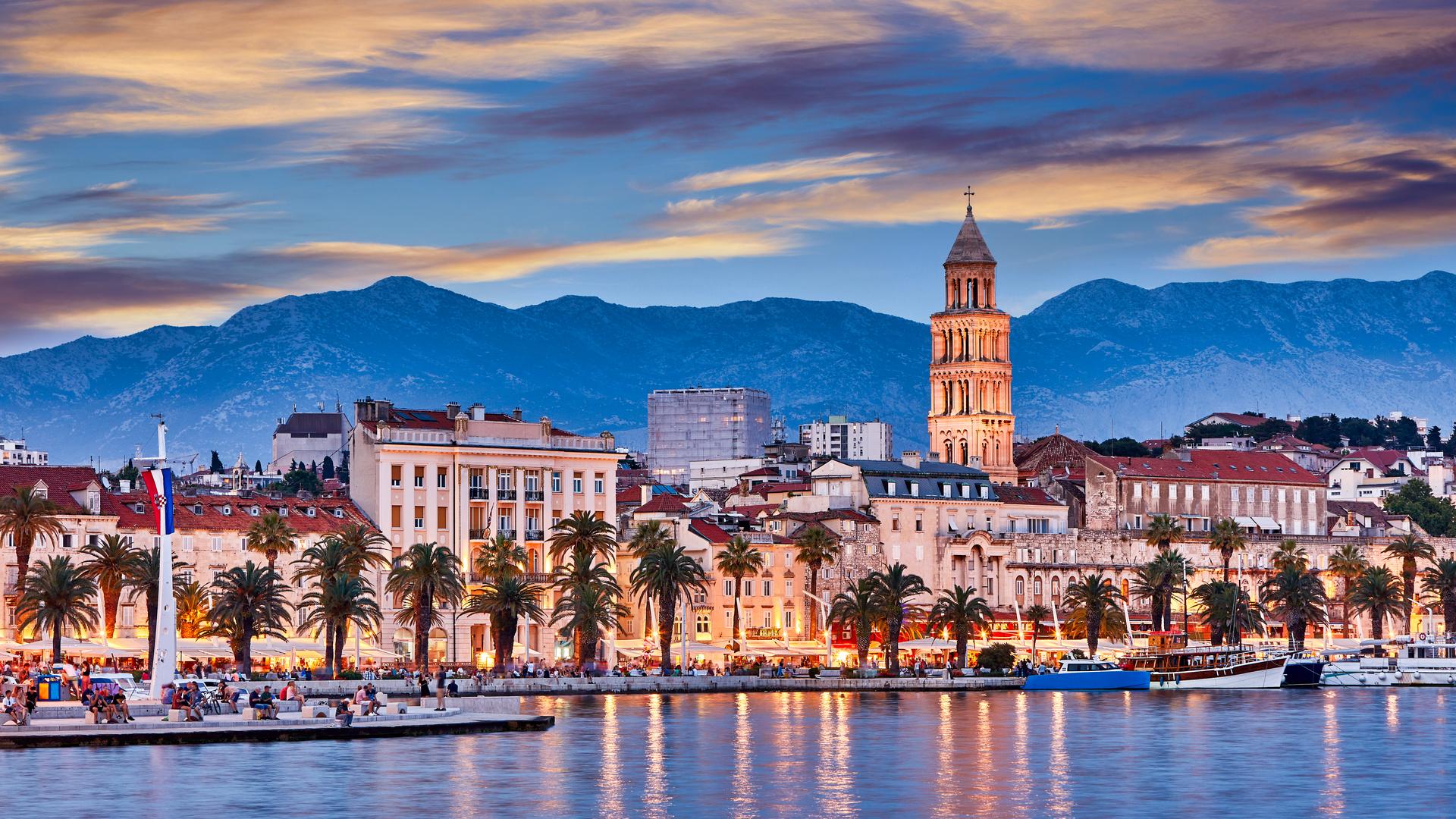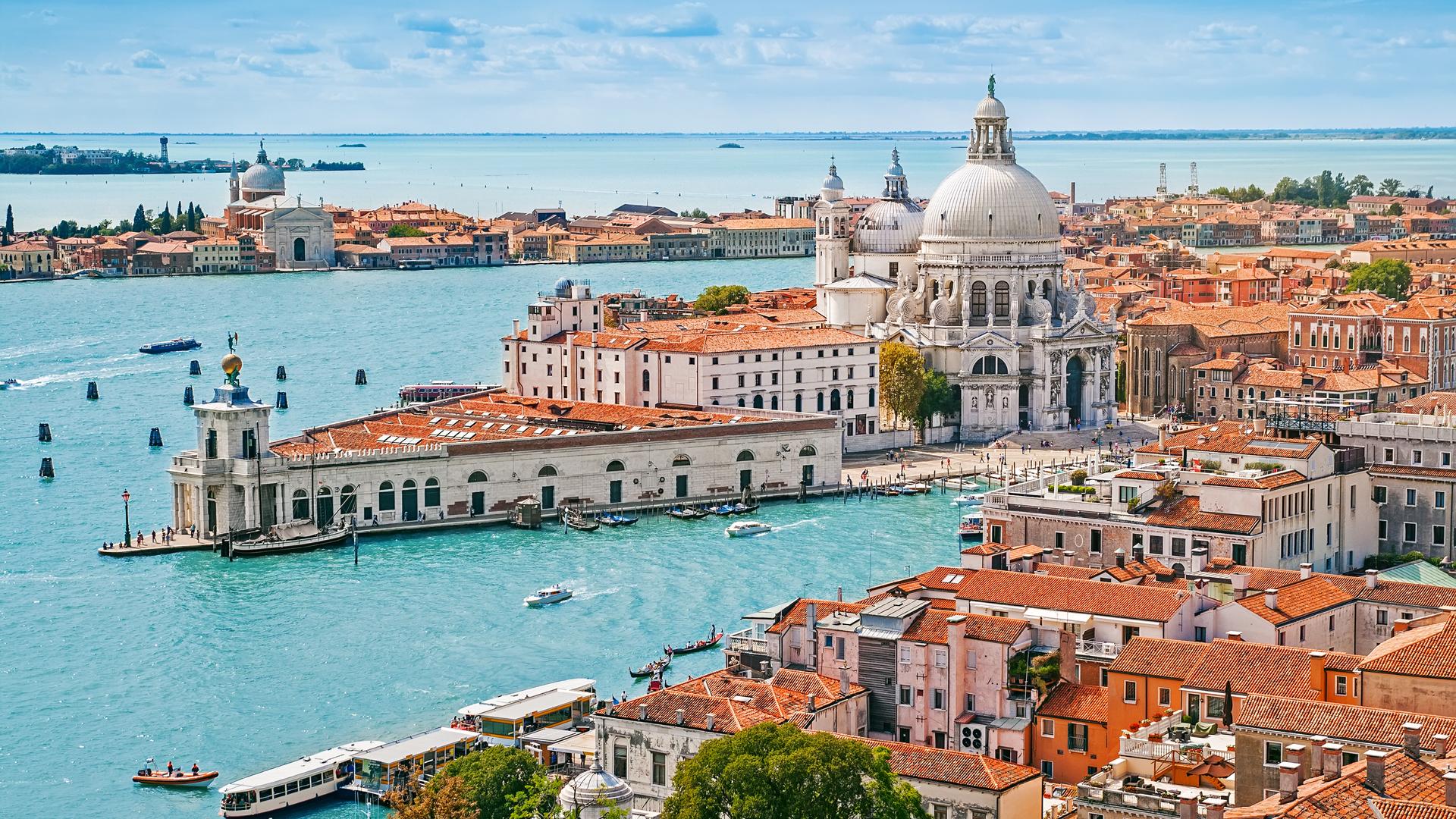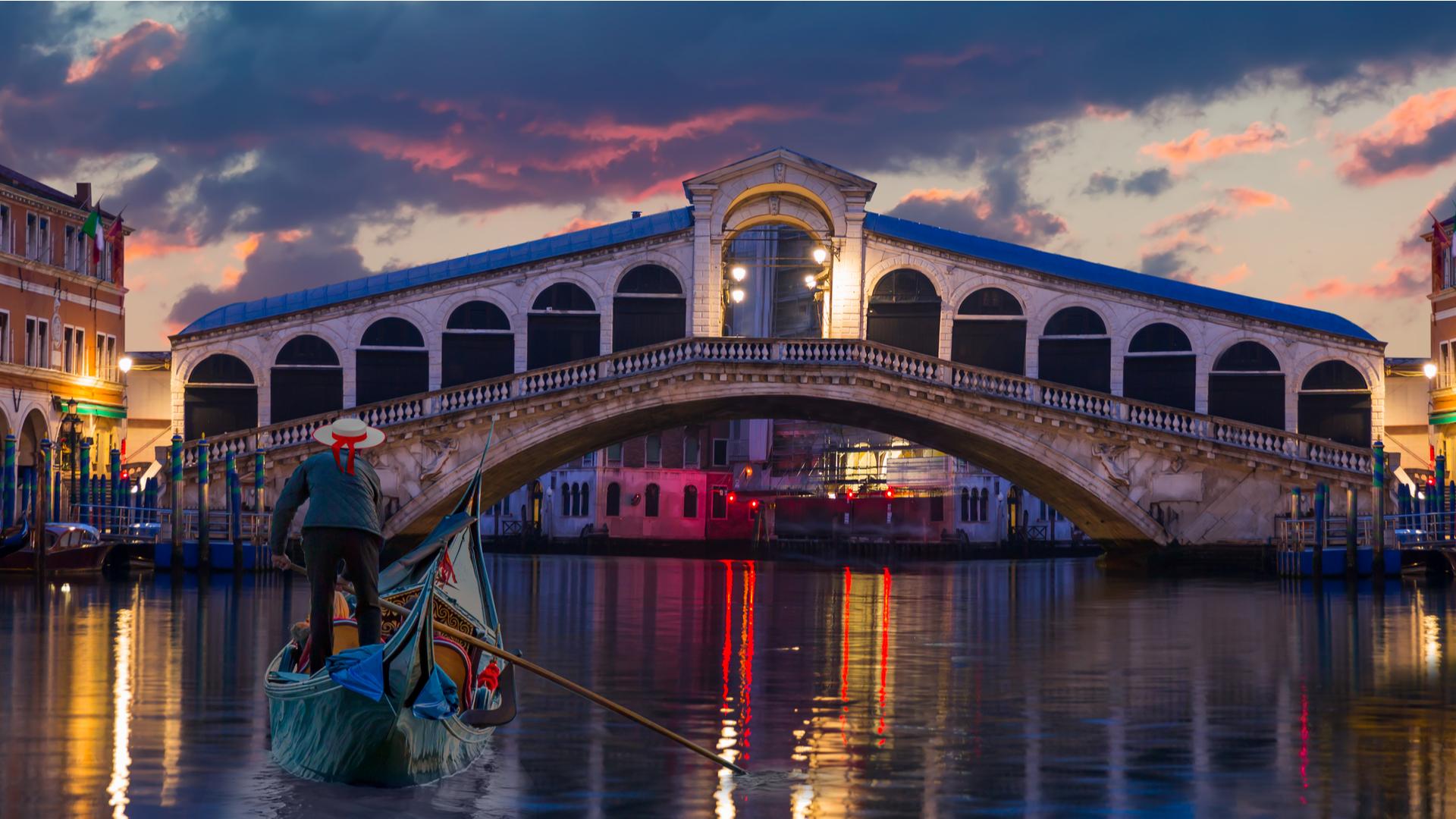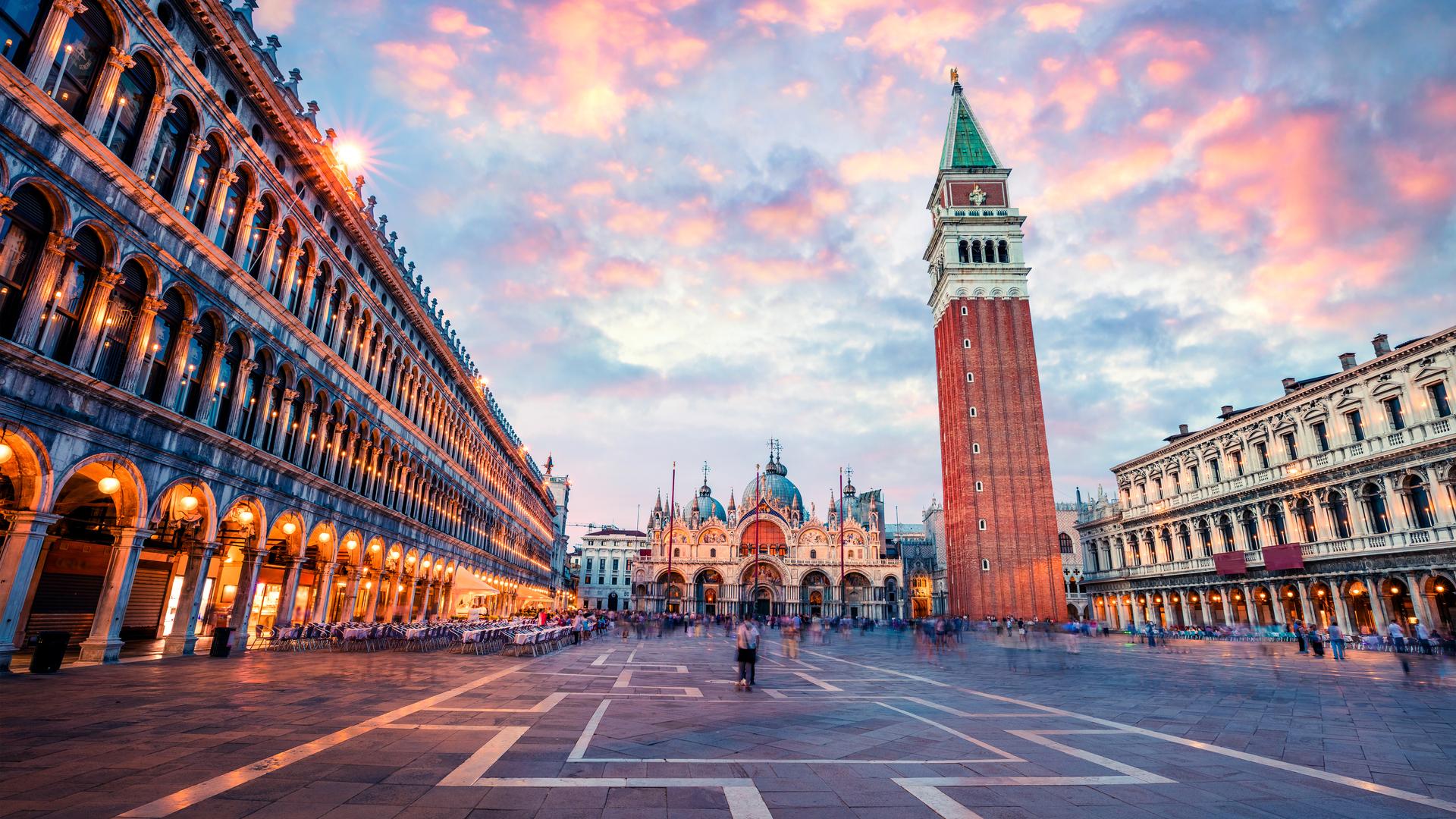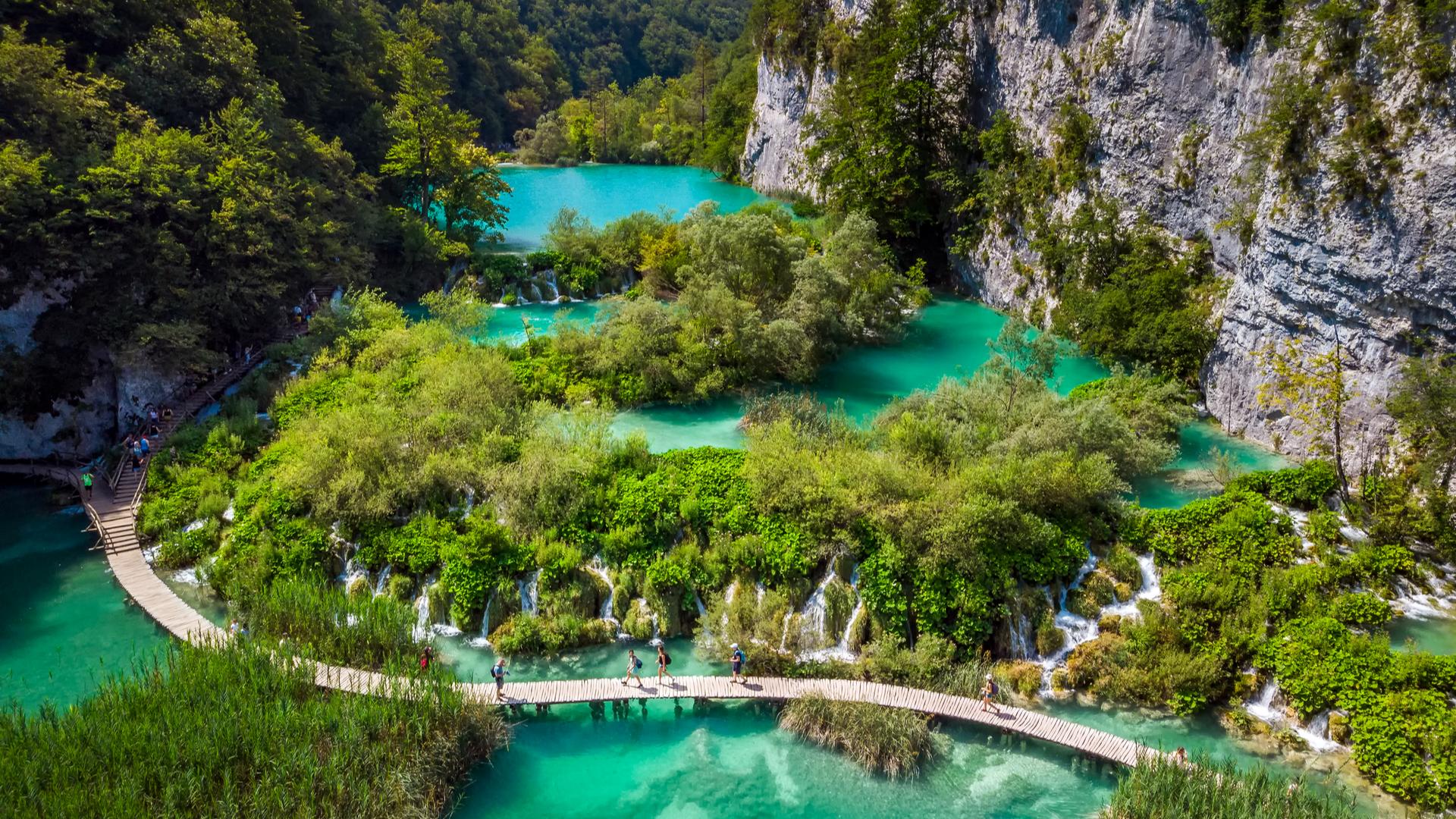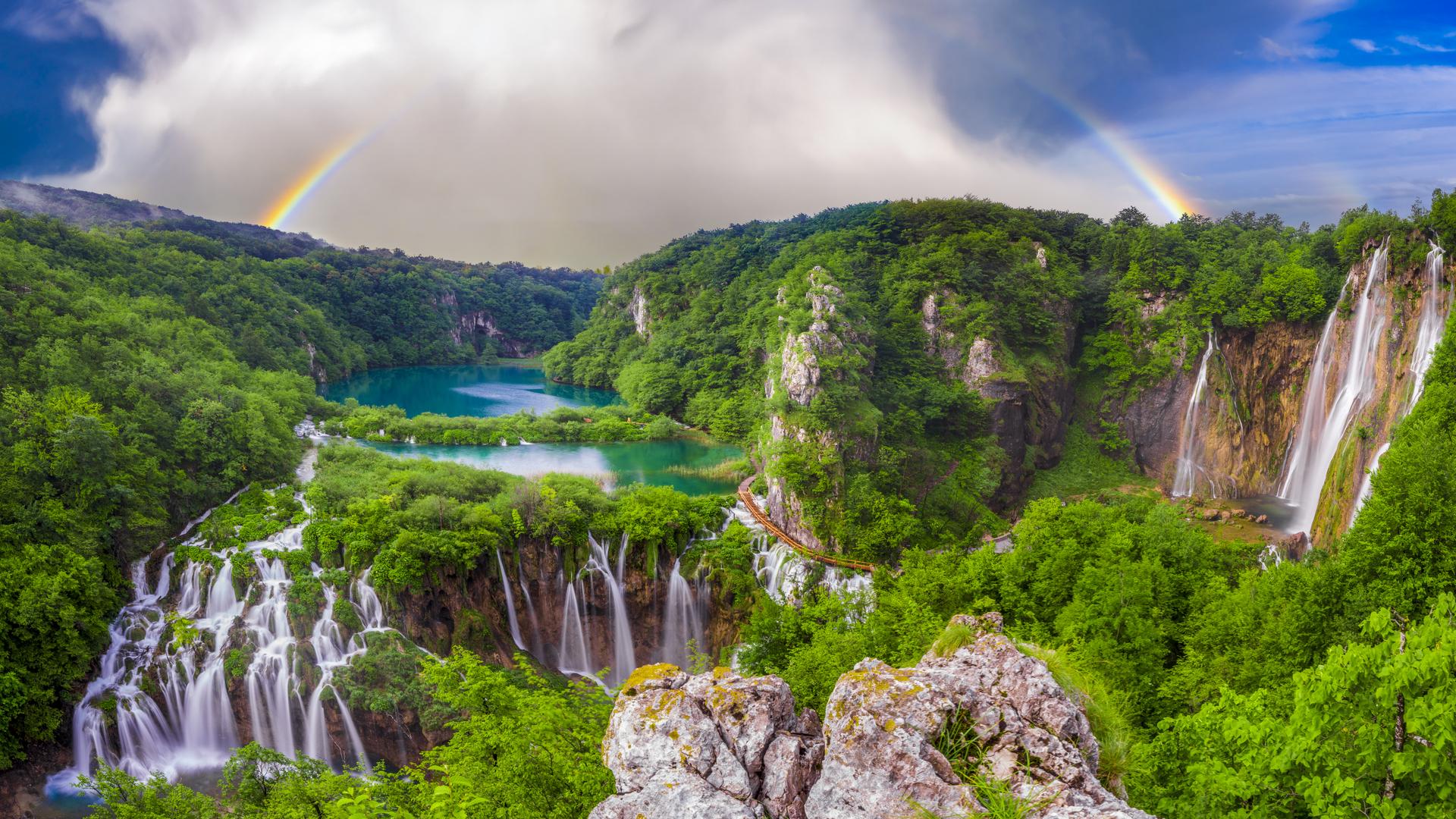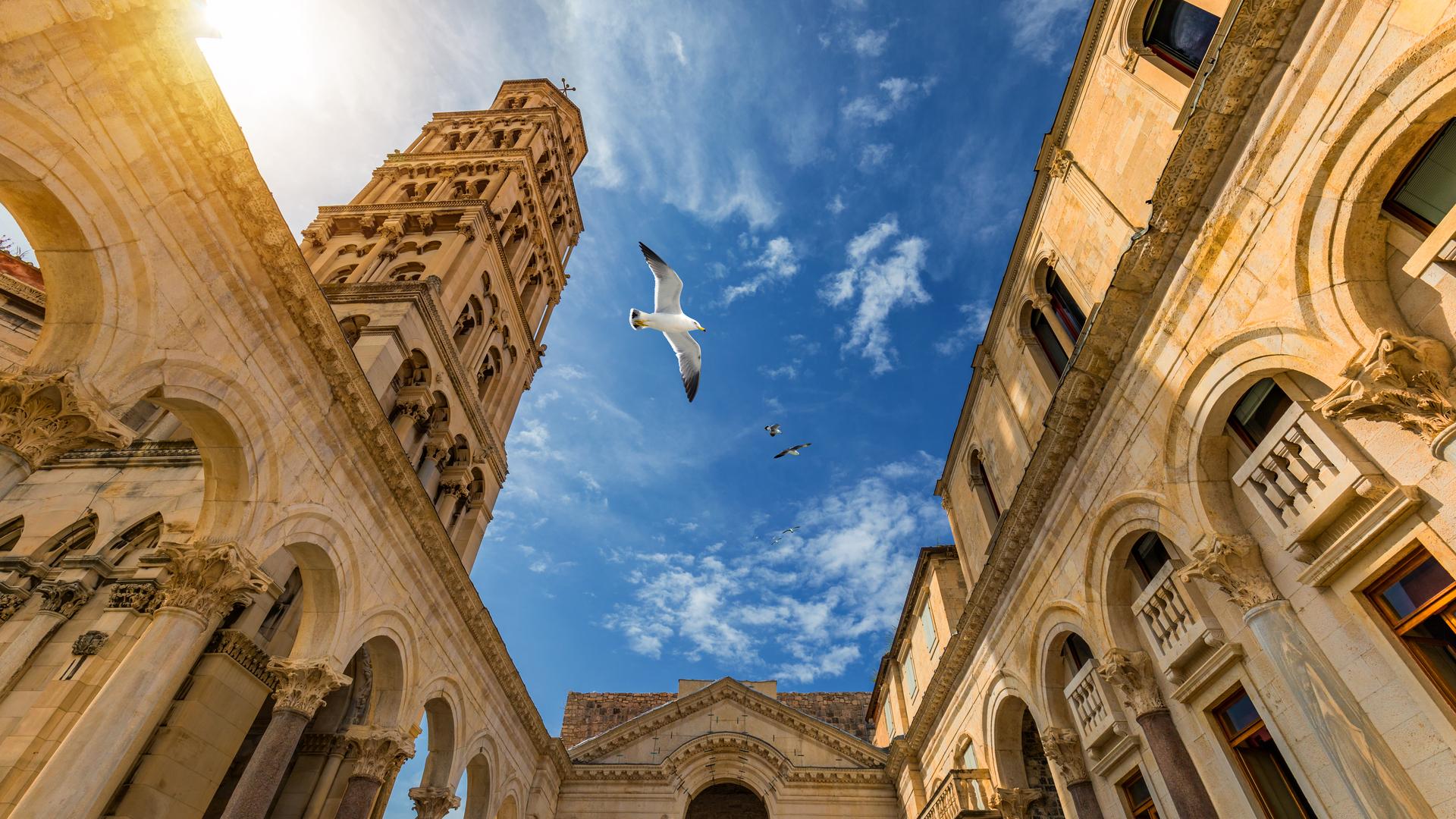Split - Plitvice- Venice
Similar popular transfers:
Private transfer from Split to Venice via Plitvice Lakes National Park
Split to Venice via Plitvice Transfer
The best way to go and visit Zagreb is to book a private minivan transfer from Split to Venice.
MaciTours is a Croatian transfer service which offers the best prices for a private transfer. MaciTours has at its disposal a fleet of luxurious and premium vehicles that will make your transfer as comfortable as possible.
Venice is located some 600 km from Split and the duration of your transfer is around 6 h.
On your way to Venice perhaps you would like to visit the world-famous Plitvice Lakes National Park. Should you wish to visit the majestic natural beauty of this Croatian National Park, book a private transfer with MaciTours for a Split to Venice via Plitvice Lakes National Park.
Another option is to book a private transfer Split to Venice via Krka National Park
The prices for a Split to Venice private transfer start at 650 euros (the price is per vehicle, not per person).
How to get from Split to Venice?
Every summer You get asked How to get from Split to Venice. You need to come fast and easily in Venice. Like we mentioned above, the fastest and easiest way to get from Split to Venice is to book a private transfer from Split to Venice with MaciTours, Croatian transfer service. Private transfer between Split and Venice You can book easily in less then one minute using our booking form. After You have made a successful booking You don't need to worry about anything.
That is not the only way How You can get from Split to Venice. You can also take a bus which operates daily, average price is between 90-100€ per person and it drives about 09h00min. Another option is to take taxi in the Split but that will be more expensive then private transfer and You don't know what You can except.
A few facts about the Plitvice Lakes
Inscribed on the UNESCO World Heritage list due to its outstanding and picturesque series of tufa lakes, caves, connected by waterfalls, the Plitvice Lakes are one of the oldest and largest national parks in Croatia.
The national park was founded in 1949 and is in the mountainous karst area of central Croatia, at the border to Bosnia and Herzegovina.
The name Plitvice was first mentioned in a written document in 1777 by Dominik Vukasović, the priest of from the town of Otočac.
This name was designated due to natural phenomena that have created the lakes. Nature formed shallow basins (Croatian plitko means shallow), which have been filled with water.
The national park is world-famous for its sixteen lakes that are arranged in beautiful cascades.
For centuries, water has changed the limestone and thus the landscape of this area. The emerging travertine barriers decelerated and retained the flowing water over time and these dams are continuously growing.
These lakes are all interconnected and follow the water flow, separated by natural dams of travertine, deposited by the action of moss, algae, and bacteria.
In 1493, not far away from the Plitvice Lakes, a decisive battle in Croatian history between the Austrian and Ottoman Empire took place. During the Battle of Krbava Field, nearly all of the entire Croatian nobility was killed.
In 1871, the famous Croatian politician Eugen Kvaternik was killed north of the lakes in the town of Rakovica, during the famous Croatian uprising against Austrian-Hungarian predominance, marking the long and difficult struggle for Croatia's independence.
During the Croatian War of Independence in the 1990s, the first Croatian soldier was killed in this area, in what is known in Croatia as Bloody Easter.
What to see while at the Plitivice Lakes
There are four programs for sightseeing that you can choose at the entrances to the Park.
Apart from exploring the park on foot along the many trails than span the Park and run alongside the lakes, electrical boats and an electrical train that operate within the Park are ideal for sightseeing.
Cycling is also permitted, but only on the designated areas.
On the largest lake Kozjak, you can rent a wooden boat and paddle on the lake on all work days.
Hiking is another possibility and there are many hiking trails in the Park, on which you can explore the Parks fauna and flora, a large part of which are protected species. Maps of the Park are offered upon entrance.
There also numerous restaurants within the Park, built in the old traditional style of the Plitvice region, as well as hotels and camps.
A few facts about Venice
The world-famous historical city of Venice lies on the northern shores of the Adriatic, built on a group of 118 small islands in the Venetian Lagoon, separated by numerous canals and linked by over 400 bridges.
Many terms have been used over the centuries to describe Venice, such as "Queen of the Adriatic", "City of Water", "City of Masks", "City of Bridges", "The Floating City", and "City of Canals" and it should be noted that the lagoon and a part of the city are listed as a UNESCO World Heritage Site.
The name of the city is derived from the ancient Veneti people who inhabited the region by the 10th century BC and was historically the capital of the Republic of Venice for over a millennium, from 697 to 1797.
Venice was a major financial and maritime power during the Middle Ages and Renaissance, and a staging area for the Crusades from where ship began their voyage to the Holy Land.
The city-state of Venice is considered to have been the first real international financial centre, reaching its greatest prominence in the 14th century.
After the Napoleonic Wars in the 19^th^ century, the Republic was annexed by the Austrian Empire, until it became part of the Kingdom of Italy in 1866.
Parts of Venice are renowned for the beauty of their settings, their architecture, and artwork.
Venice is known for several important artistic movements, especially during the Renaissance period and has played an important role in the history of instrumental and operatic music. The City is the birthplace of Baroque composers Tomaso Albinoni and Antonio Vivaldi and is where the German composer Richard Wagner often came to compose his operas and where he died.
The Times Online has described Venice as one of Europe's most romantic cities and The New York Times as being "undoubtedly the most beautiful city built by man".
What to see while in Venice
As early as the 18th century, tourism has been a major part of the Venetian economy, attracting tourists with its beautiful cityscape, uniqueness, and rich musical and artistic cultural heritage.
In the 19th century, Venice became a fashionable centre for the rich and famous, who often stayed and dined at the numerous luxury establishments in the city, such as the Danieli Hotel and the Caffè Florian, one of the oldest caffe bars in Europe and the world.
In the 1980s, the Carnival of Venice was revived. Venice has since then become a major centre of international conferences and festivals, such as the prestigious Venice Biennale and the Venice Film Festival, which attract visitors from all over the world for their theatrical, cultural, cinematic, artistic, and musical productions.
There are numerous attractions in Venice, such as St Mark's Basilica, the most famous of the city's churches and one of the best known examples of Italo-Byzantine architecture, the Doge's Palace, built in Venetian Gothic style and one of the main city landmarks that is now a museum, the Grand Canal,banks of the Grand Canal are lined with more than 170 buildings, most of which date from the 13th to the 18th century, and the Piazza San Marco, which Napoleon is said to have described as "the drawing room of Europe".
The Lido di Venezia, where the Wedding with the Sea ceremony once took place, is also a popular international luxury destination, attracting thousands of actors, critics, celebrities, and others in the cinematic industry.
Itinerary
08:00 - Pickup and departure from your accomodation in Split.
10:30 - Explore Plitvice Lakes, beautiful landscape, singing of rare birds...
13:30 - Our journey to Venice from Plitvice Lakes begins
15:30- Stop for lunch on Vrata Jadrana rest stop
16:30 - Our journey to Venice continues
19:00 - We arrive at Your accommodation address in Venice
Transfer includes
• Pick up in Split and drop off in Venice with Plitvice Lakes (or vice versa)
• Comfortable air-conditioned vehicle
• Professional knowledgeable English speaking driver
• All cost related to the vehicle -- gas, parking, highway tolls
• All costs related to the driver
Privatni transfer od Splita do Venecije preko Nacionalnog parka Plitvička jezera
Najbolji način da posjetite Veneciju jest da rezervirate privatni transfer iz Splita do Venecije.
MaciTours je hrvatska prijevoznička tvrka koja nudi najbolje cijene za privatni transfer. MaciTours ima na raspolaganju niz luksuznih i vrhunskih vozila koja će vaš prijevoz učiniti udobnim.
Venecija se nalazi nekih 600 km od Splita i trajanje vašeg prijevoza je oko 6 h.
Cijene privatnog prijevoza pd Splita do Venecije preko Nacionalnog parka Plitvička jezera počinju od 650 eura (cijena po vozilu, a ne po osobi).

